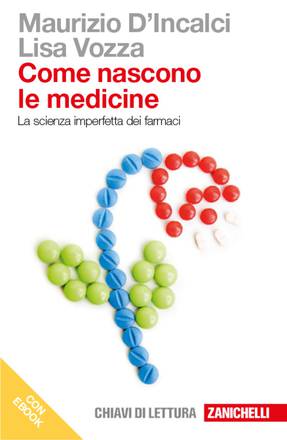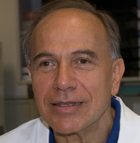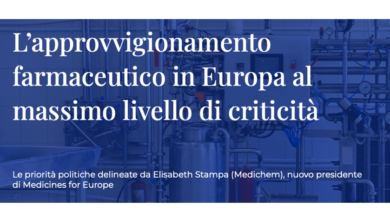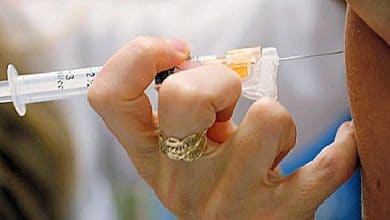
The imperfect science of medicines
 In the pharmacy there are 13,000 types of medicine: from the aspirin that the Sumerians extracted from the willow to the molecules that came out of futuristic laboratories. How do you test a drug? Why is animal testing necessary before human studies?
In the pharmacy there are 13,000 types of medicine: from the aspirin that the Sumerians extracted from the willow to the molecules that came out of futuristic laboratories. How do you test a drug? Why is animal testing necessary before human studies?
We ask 100% for safe drugs, but is it possible to achieve such a level of safety? What if a disease becomes curable at the price of some side effects?
We are not all the same and there is no drug without risk. Today the challenge is to design medicines tailored to individuals and their diseases. But designing a drug costs money and the patent is needed to repay the research costs: how does it work? How long does it last? And what happens when it expires?
Not every pill is a drug: supplements, homeopathic products and various "natural" substances are often not tested and therefore we do not know what they contain, nor if they are good or bad.

Maurizio D'Incalci, he directs the Oncology Department of the Mario Negri Institute for Pharmacological Research in Milan. The field of his research is the pharmacology of anticancer compounds, he has contributed to the identification, study of the mechanism of action and preclinical and clinical development of several drugs that are used today in the clinical therapy of tumors. He is the author of 475 scientific publications and numerous book chapters, he is on the editorial board of numerous international scientific journals, on the scientific committee of the Italian Association for Cancer Research (AIRC), of several other foundations and on the ethics committees of national scientific institutes and foreign. For Zanichelli in 2014 he wrote How medicines are born with Lisa Vozza.

Lisa Vozza she is Chief scientific officer at the Italian Association for Cancer Research (AIRC) and a writer and editor of popular science books. For AIRC, it ensures that each project submitted to the Association is evaluated by at least three scientists, chosen for their competence from a group of about 600 international reviewers. For Zanichelli he wrote in 2007 In the minds of others with Giacomo Rizzolatti; in 2009 Vaccines of the global age with Rino Rappuoli in 2009 (Galileo Literary Award 2010); in 2014How medicines are born with Maurizio D'Incalci.Small misunderstandings between us animals is being prepared for 2015 with Giorgio Vallortigara. His blog Biology and surroundings it is followed by teachers and students. Previously worked for the European editions of Scientific American.
______________________________________________
A researcher and a science communicator meet to explain in a simple way the importance of drug research and how research is done in this sector. Medicines are recognized as having great importance because – it is true – in many pathologies, for many people, the drug has made and makes the difference in a history of illness. An effective and well-tolerated drug is undoubtedly every patient's dream.
The book tells and describes in a direct and simple way what are the stages of development of a drug. In doing so, D'Incalci and Vozza recount episodes, refer to stories of important discoveries and enter the lives of those who dedicate, or have dedicated, their lives to the discovery of new drugs, making a path that may seem only technical more humane.
All stages are well explained, from the initial stages to laboratory and animal research, to human stages. Chapter after chapter all the tiles of the story agree and lead the reader to clarify a world that we know is far, far away from the citizens.
Tip: If drug development is of interest, I would suggest after this read, address “Where the Evidence is” http://www.partecipasalute.it/cms_2/node/2479 a text where the drug is revisited in a more critical interpretation that moves from the many interests of the market.
Citizens must not only know everything about how medicines are created, but must use and contextualize this knowledge to deal critically and consciously with health issues.
Paola Mosconi
IRCCS-Mario Negri Institute
Related news: Where is the evidence?





